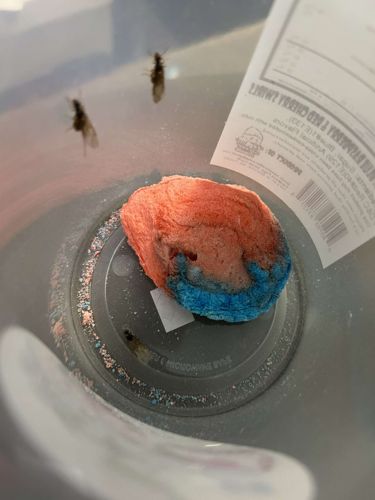Flying Ant
Scientific Name: Formicidae (numerous species)
Order & Family: Hymenoptera, Formicidae
Size: Varies significantly by species, but typically 3-15 mm for winged ants. Queens are usually larger than males.

Natural Habitat
Flying ants originate from established ant nests, which can be found outdoors in soil, under rocks, in wood, or indoors within walls, foundations, or other structures. During nuptial flights, they leave the nest and are found flying in open spaces, often attracted to light.
Diet & Feeding
Diet varies depending on the ant species, but generally includes sugars, proteins, and fats. They forage for food sources like nectar, honeydew from aphids, other insects (live or dead), and human food scraps. During nuptial flights, they are primarily focused on reproduction and may not actively feed.
Behavior Patterns
Flying ants are typically reproductive ants (alates) from mature colonies. They emerge for nuptial flights, where they swarm to mate. After mating, males die, and fertilized queens shed their wings to seek a suitable location to start a new colony. They are often seen in large numbers for a short period.
Risks & Benefits
Risks: While not typically aggressive, they can be a nuisance when swarming indoors. Some species, like carpenter ants, can cause structural damage to wood over time if their colonies are extensive within a home. Certain ant species can bite or sting, though flying ants during swarming are generally not highly aggressive. Benefits: Ants play an important role in ecosystems as decomposers, aerating soil, and preying on other insects. Their presence can also indicate an overground colony that may need to be addressed.
Identified on: 8/13/2025